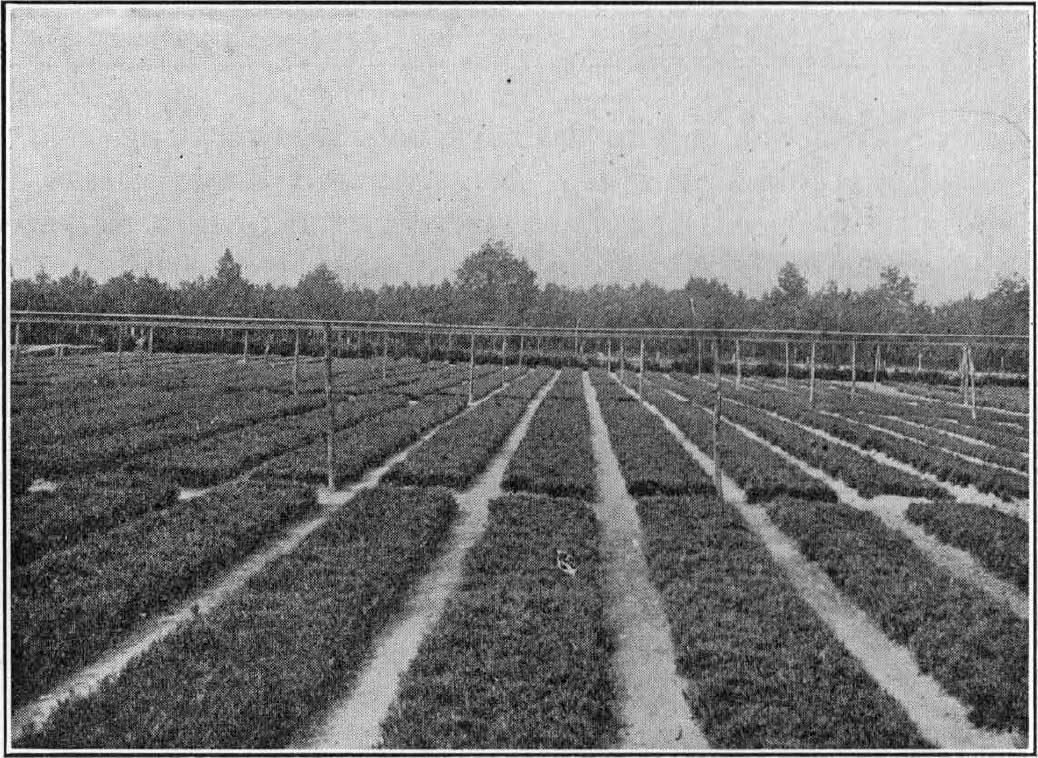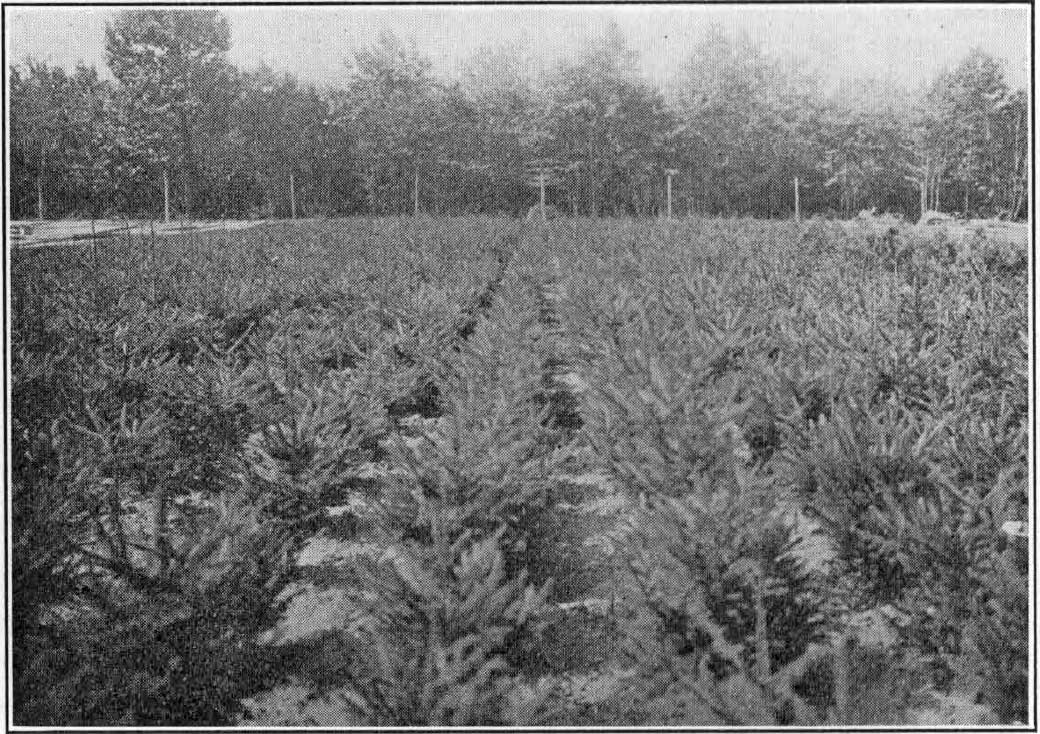| |
10 CLEARFIELD COUNTY - PRESENT AND
PAST
eastern boundary of the county.
Tributary Streams. The principal tributaries of the
river starting from the southwest are, from the north: Whisky Run, Miller Run,
Laurel Run, Haslet Run, Curry Run, Bells Run, Anderson Creeek (named after Wm.
Anderson, a surveyor), Hartshorn Run, Welch Run, Montgomery Creek, Moose Creek (Chinklacamoose),
Lick Run, Bloody Run, Trout Run (Indian Maschi-nam-ek, "Place of Big Fish"),
Chub Run, Surveyor Run, Bald Hill Run, Deer Creek (Indian Achtu-saquik), Sandy
Creek, Maury Run, Basin Run, Mosquito Creek (Indian Sakime), and Three Runs.
Flowing from the south, beginning at the southwest:
Beaver Run, Little Beaver Run, Deer Run, Chest Creek, Clearfield Creek (Indian
Lovas Spulchanning, probably meaning "Northern Wild Plum River"), Roaring Run,
Millstone Run, Moravian Run (here the Moravians camped in 1772), Big Run,
Willholin Run, Alder Run (Indian Topi-Saquik), Moshannon (Indian Moos-hanna).
Bennett's Branch of the Sinnemahoning ("Place of the
Stony Lake") and other branches of that stream, whose waters eventually flow
into the West Branch of the Susquehanna, drain most of Huston Township in the
extreme northern part of the county.
Sandy Lick Creek and other small tributaries of the
Allegheny River drain the extreme northwestern part of the county, mainly Sandy
Township.
Floods: On account of the narrowness of the stream
valleys and the steepness of their banks, the streams of the county are
particularly liable to extremes of high and low water. The rains and melting
snows get into the tributaries and from them to the river quickly, so that a
thaw that melts the ice or even a hard summer shower may cause more or less of a
flood in a few hours.
|
|








